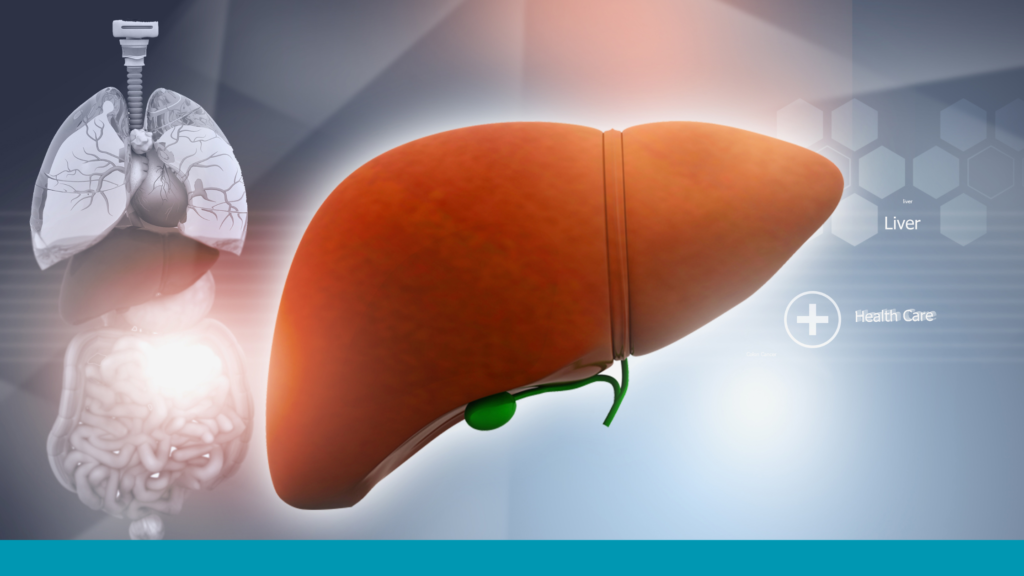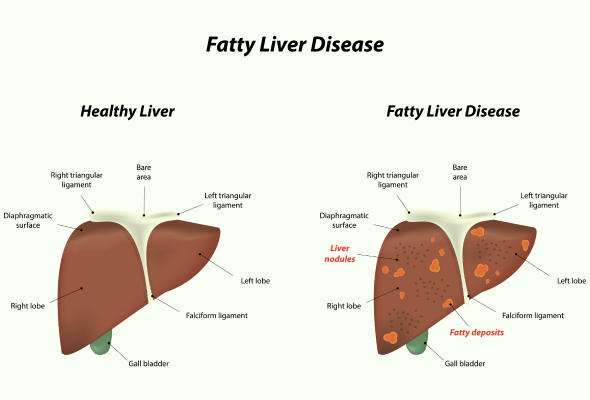
Fatty liver disease, also known as nonalcoholic fatty liver disease (NAFLD), is a growing health concern worldwide. It occurs when excess fat accumulates in the liver, exceeding 5% of its weight. Fortunately, NAFLD has different stages of severity, with grade 1 being the mildest form. This blog post aims to shed light on grade 1 fatty liver, its symptoms, causes, treatment options, and dietary tips for managing the condition.
Medsarc Super Specialty Clinics: Your Partner in Gastroenterology Care
At Medsarc Super Specialty Clinics, located in Gurgaon, we understand the importance of early diagnosis and intervention for digestive health issues. At Medsarc, gastroenterology department led by Dr. Pawan Rawal, he is highly qualified gastroenterologists in India, offers comprehensive care for all types of gastro and liver diseases, including NAFLD. If you’re concerned about fatty liver, Medsarc is here to provide the expertise and guidance you need.
Understanding Grade 1 Fatty Liver
Grade 1 fatty liver, often referred to as mild fatty liver or simple steatosis, represents the earliest stage of NAFLD. At this stage, the fat accumulation in the liver is minimal, typically ranging from 5% to 10% of the liver’s weight. The good news? Grade 1 fatty liver often doesn’t cause any noticeable symptoms. However, it’s crucial to address the underlying causes to prevent the condition from progressing to more severe stages.

Symptoms of Grade 1 Fatty Liver
As mentioned earlier, grade 1 fatty liver typically doesn’t present with any specific symptoms. However, some individuals might experience:
-
- Fatigue
- Upper right abdominal discomfort or fullness
- Loss of appetite
- Unexplained weight loss
It’s important to note that these symptoms can be associated with other health conditions as well. If you’re experiencing any of these, consulting with a gastroenterologist like Dr. Rawal at Medsarc is essential for proper diagnosis and to rule out other possibilities.
Causes of Grade 1 Fatty Liver
Several factors can contribute to the development of grade 1 fatty liver:
-
- Insulin resistance: This occurs when the body’s cells become less responsive to insulin, a hormone regulating blood sugar levels. Excess sugar in the bloodstream can then be stored as fat in the liver.
-
- Obesity: Carrying excess weight, particularly around the abdomen, is a significant risk factor for NAFLD.
-
- Metabolic syndrome: This cluster of conditions includes high blood pressure, high blood sugar, unhealthy cholesterol levels, and abdominal obesity. Individuals with metabolic syndrome are at a greater risk of developing NAFLD.
-
- Diet: A diet high in saturated fats, sugary drinks, and refined carbohydrates can contribute to fat accumulation in the liver.
-
- Genetics: Certain genes can increase your susceptibility to NAFLD.
Diagnosing Grade 1 Fatty Liver
Since grade 1 fatty liver often doesn’t present with symptoms, it’s frequently discovered during routine blood tests or imaging studies conducted for other reasons. Some diagnostic tools used for NAFLD include:
-
- Liver function tests: These blood tests assess the overall health and function of the liver.
-
- Imaging tests: Ultrasound, MRI, or CT scans can help visualize the liver and detect fat accumulation.
-
- Liver biopsy: In some cases, a small tissue sample from the liver might be needed for a definitive diagnosis. However, for grade 1, this is rarely necessary.
Treatment Options for Grade 1 Fatty Liver
There’s no specific medication for grade 1 fatty liver. However, the focus lies on addressing the underlying causes and preventing progression. Here are some key strategies:
-
- Lifestyle modifications: Maintaining a healthy weight through a balanced diet and regular exercise is crucial.
-
- Dietary changes: Reducing saturated fat intake, limiting sugary drinks and refined carbohydrates, and increasing fruits, vegetables, and whole grains are essential.
-
- Exercise: Aim for at least 30 minutes of moderate-intensity exercise most days of the week.
Dietary Tips for Managing Grade 1 Fatty Liver
Here are some specific dietary recommendations for managing grade 1 fatty liver:
-
- Focus on whole foods: Choose unprocessed, whole grains like brown rice, quinoa, and whole-wheat bread over refined options.
-
- Increase fruits and vegetables: Aim for a variety of colorful fruits and vegetables in your diet. They are rich in antioxidants and essential nutrients that support liver health.
-
- Choose healthy fats: Include sources of healthy fats like avocados, nuts, seeds, and olive oil in your diet. These fats can help reduce inflammation and improve insulin sensitivity.
-
- Limit saturated and trans fats: Reduce your intake of fried foods, processed meats, and commercially baked goods, which are high in saturated.
